Publications

February 18, 2025
In this primer, authors Harshita Sarup and Jess Carson describe the New Hampshire Child Care Scholarship Program after recent policy changes.
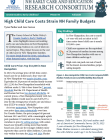
November 19, 2024
In this primer, authors Tyrus Parker and Jess Carson discuss the cost of child care for New Hampshire families.
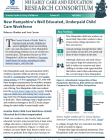
September 30, 2024
In this primer, authors Rebecca Glauber and Jess Carson discuss New Hampshire’s child care workforce.

September 30, 2024
In this primer, authors Jess Carson and Harshita Sarup discuss New Hampshire’s “supply” of child care.

September 6, 2024
This brief discusses data collected by researchers at the University of New Hampshire in spring 2024 better understand the landscape of preschool offerings in New Hampshire’s public schools.
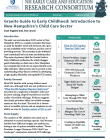
August 13, 2024
The series of primers discussed in this overview, titled the Granite Guide to Early Childhood, synthesizes the widely disaggregated scholarship on child care in New Hampshire and compiles this work into an unprecedented accessible collection.
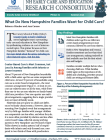
August 12, 2024
In this primer, authors Rebecca Glauber and Jess Carson describe the complexity of families’ child care decision making, shaped by preference and the reality of available offerings.
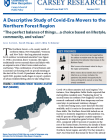
August 9, 2023
The Northern Forest—a 34-county swath of northern Maine, New Hampshire, Vermont, and New York—saw an increase in domestic migration during the pandemic, with 85 percent of the region’s counties experiencing domestic in-migration gains between 2020 and 2021, compared with 63 percent of counties in the rest of the United States.
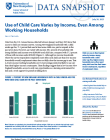
July 20, 2023
In this data snapshot, author Jess Carson reports that data from the U.S. Census Bureau collected between January and May 2023 show that access to child care remains uneven.
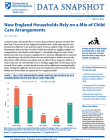
July 12, 2023
In this data snapshot, author Jess Carson reports that data collected by the U.S. Census Bureau between January and May 2023 show that 70 percent of New England households with a child under five use child care, and more than one-third of those rely on multiple arrangements.
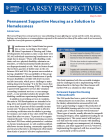
May 23, 2023
In this perspectives brief, author Antonio Serna examines both the successful strategies and the challenges faced in implementing permanent supportive housing (PSH) in Massachusetts in the hope that these lessons will further PSH as a solution in other settings.
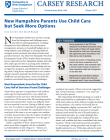
March 28, 2023
In this brief, authors Jess Carson and Sarah Boege describe child care use and gaps among respondents to the 2022 New Hampshire Preschool Development Grant Family Needs Assessment Survey.
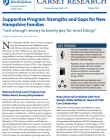
March 28, 2023
In this brief, authors Sarah Boege and Jess Carson describe child and family program use and gaps among respondents to the 2022 New Hampshire Preschool Development Grant Family Needs Assessment Survey.
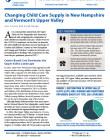
March 7, 2023
In this brief, authors Jess Carson and Sarah Boege describe changes in the early childhood education and care landscape of Grafton and Sullivan Counties in New Hampshire and Orange and Windsor Counties in Vermont, collectively known as the Upper Valley.
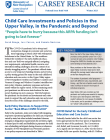
March 7, 2023
In this brief, the authors illustrate New Hampshire and Vermont’s different responses to supporting the early childhood education and care sector during the COVID-19 pandemic and examine the limited publicly available data on pandemic relief funds through the lens of the interstate Upper Valley region.
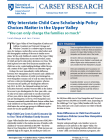
March 7, 2023
In this brief, the authors explore how state-level decisions in New Hampshire and Vermont manifest in the early childhood education and care sector, through the lens of the interstate Upper Valley region.
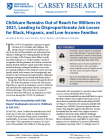
December 23, 2021
Using data from the late summer through the fall of 2021, this brief documents recent racial and income disparities in reports of inadequate access to childcare and identifies the employment-related consequences of these shortages.
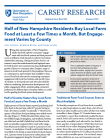
June 23, 2021
In this brief, Jess Carson, Analena Bruce, and Isaac Leslie describe data collected in the May 2021 Granite State Poll and find that while more than 80 percent of Granite Staters report buying local farm food at least a few times a month in the past year, there is significant variation in engagement across the state.
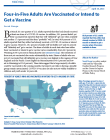
April 16, 2021
In this data snapshot, author Sarah Boege reports that by March 29, one-quarter of U.S. adults reported that they had already received at least one dose of a COVID-19 vaccine. In addition, 39.1 percent hadn’t yet been vaccinated but reported that they will “definitely” get one when available and another 17.4 percent said that they “probably” will. However, 10.1 percent of adults will “probably…
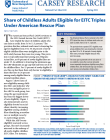
April 6, 2021
In this fact sheet, author Jess Carson explores how changes to the Earned Income Tax Credit in 2021 affect childless tax filers. Findings show that the share of childless adults who can claim a credit has tripled under the new provisions, and that the biggest driver of widened access is lowering the minimum age for eligibility.